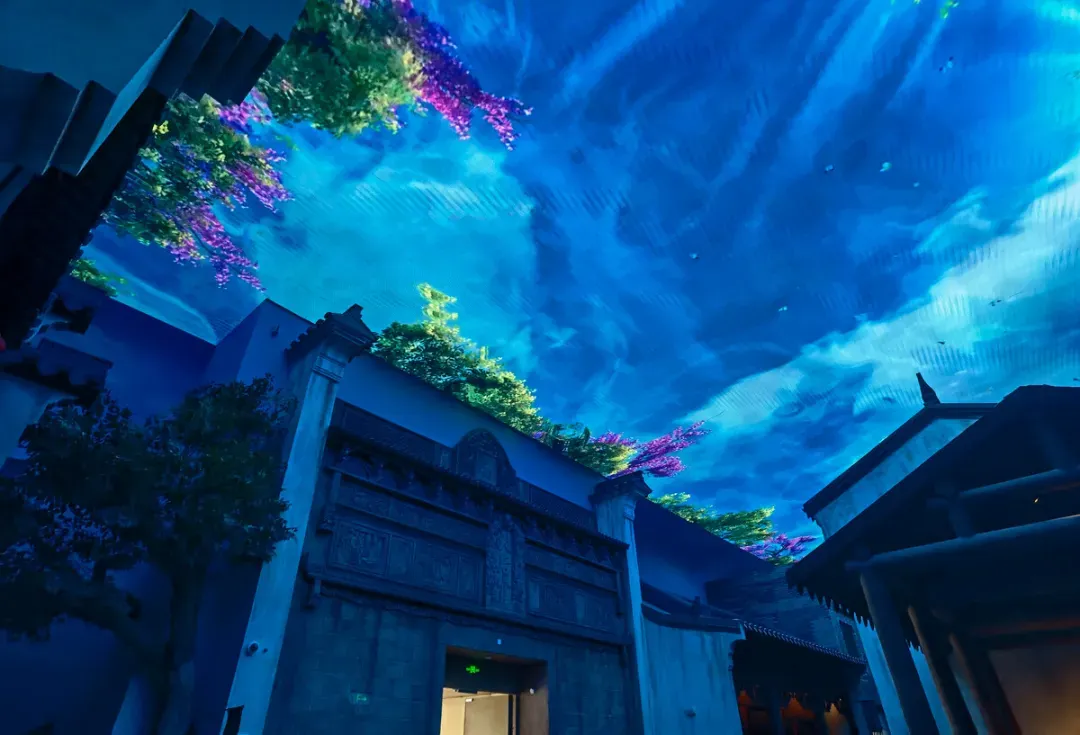In recent years, consumer behavior and preferences have undergone significant changes. As a symbol of suburban expansion in the mid-20th century, shopping centers also underwent similar changes. According to McKinsey's data, as offline and online consumption develops rapidly, almost all categories of online consumption data are growing, forcing physical retail centers to constantly evolve and fill the gap in online and offline shopping by integrating advanced technology.
At the same time, by improving their brand image in shopping centers, some shopping centers are responding to the growing demand for professional experiences from consumers. These shopping centers are not only a collection of retailers, but also changing the traditional definition of shopping centers by creating unforgettable experiences for customers.
Creating digital signage around new concepts
Nowadays, the influence of digital signage is not limited to advertising: it creates a comprehensive and engaging environment, enhances customer engagement and satisfaction, and builds a bridge between digital native brands and physical retail experiences. The acceleration and integration of digital signage software solutions have revolutionary power, which can completely change the way shopping centers attract consumers, provide dynamic and dramatic content, transform space into new cultural centers, and provide more precise data-driven advertising carriers.
Some brands are seeking ways to create tactile experiences for their customers, such as opening temporary stores where customers can interact with products typically only seen online in physical stores. Digital signage can create a physical environment, giving brand fans the opportunity to interact with them, thereby increasing user stickiness.
These temporary retail devices not only provide a unique and immersive experience, but also integrate the tactile pleasure of traditional shopping with the convenience and novelty of modern retail innovation. By utilizing creative digital signage strategies, brands can successfully create a cross disciplinary retail experience, bridging the gap between online and offline consumer experiences.
A popular example is displaying brand social media updates on in store information kiosks or integrating QR codes into interactive digital directories to help customers obtain personalized discount information, while promoting the combination of promotional activities and user interests. This flexible, unique, and personalized shopping experience will make brand stores increasingly popular among consumers.
Grasp the New Wave of Space Environment
Currently, the physical design and layout of shopping centers are undergoing a transformation. Shopping centers are transforming from predictable store collections to experiential spaces that offer a mix of retail, entertainment, and social activities. This involves integrating open and flexible spaces, organizing events, interactive displays, etc., giving customers the opportunity to participate in immersive experiences and focusing on shared work and social areas, reflecting the lifestyle of modern shoppers. The purpose is to create an environment where shopping is just a part of the experience. This shift in design philosophy responds to changes in consumer habits, providing consumers with an experiential space that is not only related to transactions, but also to their digital lifestyle.
Deploy large interactive screens within the shopping center to attract customers to participate in the brand experience in a novel and unique way. For example, Adidas has created an interactive wall within its flagship store, allowing customers to view and understand products in a dynamic way. This method has positively influenced consumer behavior, achieving higher user engagement while improving sales performance (recent surveys have shown that effective use of digital signage can lead to a 31.8% increase in brand sales).
On this basis, shopping centers can also provide a more modern way of spatial navigation through digital signage, providing customers with an intuitive and efficient means to understand the complex layout of modern shopping centers. Through interactive digital directories and top logos, consumers can easily find stores, facilities, and events. These digital signs can be updated in real-time to reflect the store's situation, temporarily close specific activities, ensure that information is always up-to-date, and can also help visitors obtain personalized direction guidance through the combination of touch screen and QR code to easily reach their destination.
The rapid growth of online retail media and the enhancement of in store digital connectivity will bring enormous development potential to physical retail. According to data from globally renowned market research firm eMarketer, in store retail media spending will exceed $1 billion by 2028, but it will only account for less than 1% of omnichannel retail media advertising spending. The executive summary of the report states, "Although most of the current retail media spending is in the online form, over 80% of actual sales occur in physical stores. The emergence of new in store technologies will create more opportunities for retail media to integrate into offline purchasing paths."
On the other hand, the company stated that it still faces challenges in the future. It points out that "for retailers who want to launch in store retail media on a large scale, there are certain obstacles. Upgrading in store technology is costly, attribution models are complex, and unverified formats may have an impact on the actual user experience."
Overall, in the future, the application trend of digital signage is expected to be combined with technology tools such as artificial intelligence (AI) and augmented reality (AR) to help consumers try and experience virtual products. This also means that the view that traditional retail will be replaced by new retail is not absolute, and the fate of traditional shopping centers will depend on their ability to integrate digital and physical retail. It can be foreseen that the future shopping mall will no longer be limited to shopping, but more like an exploration space for communities, culture, and technology.



I consent to receive emails about news, marketing&product updates from Retop in accordance with the Retop Privacy Policy